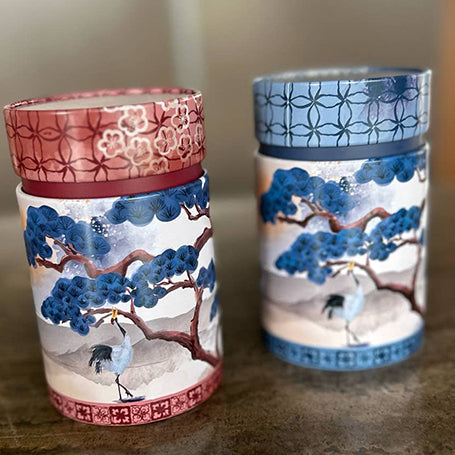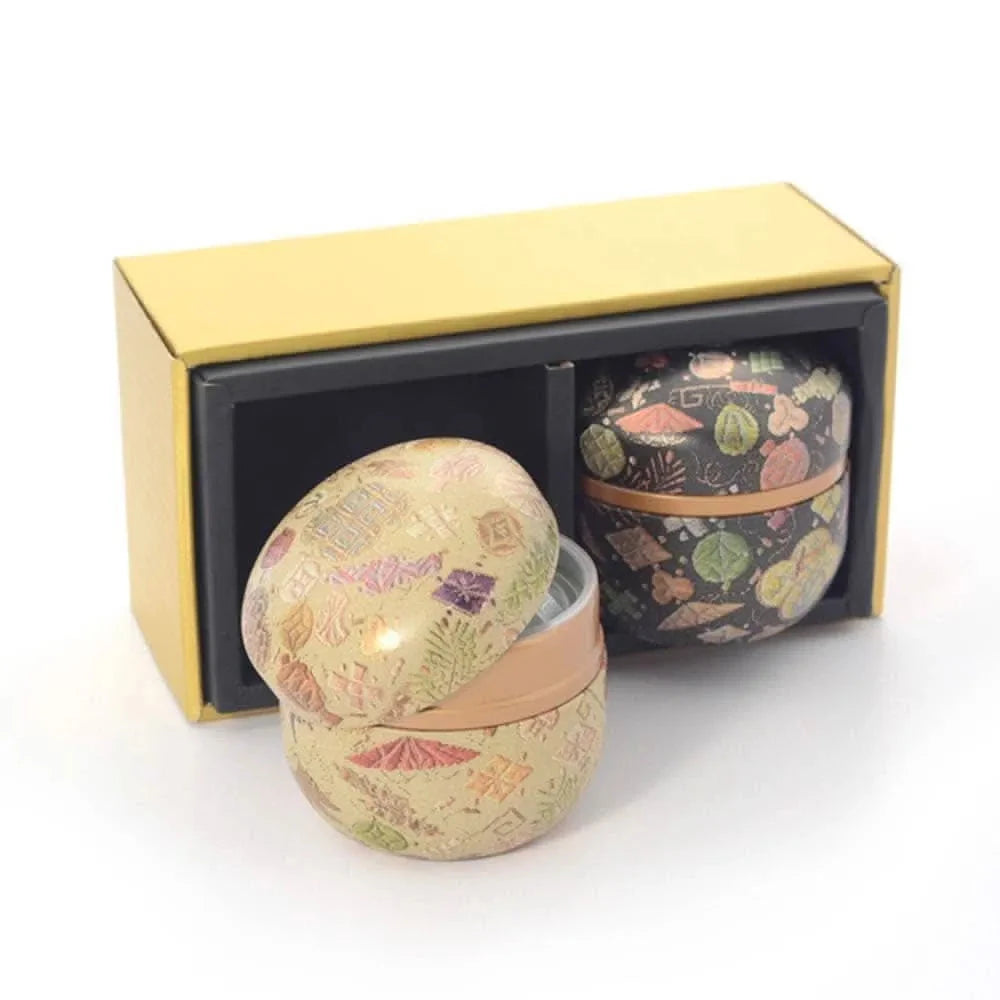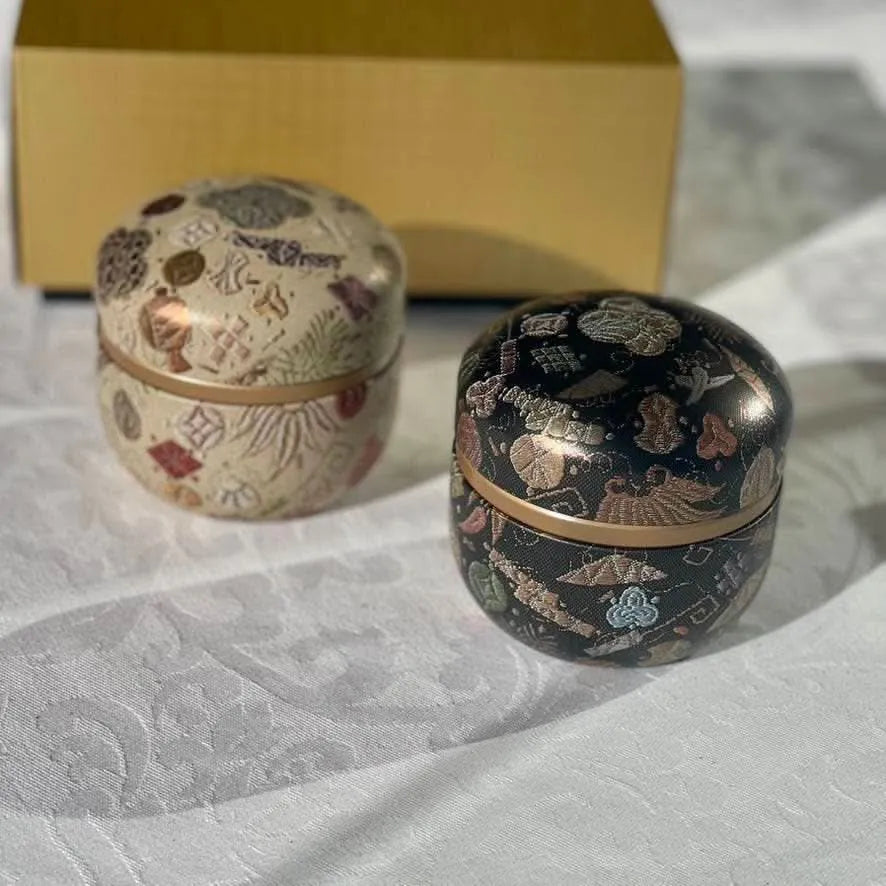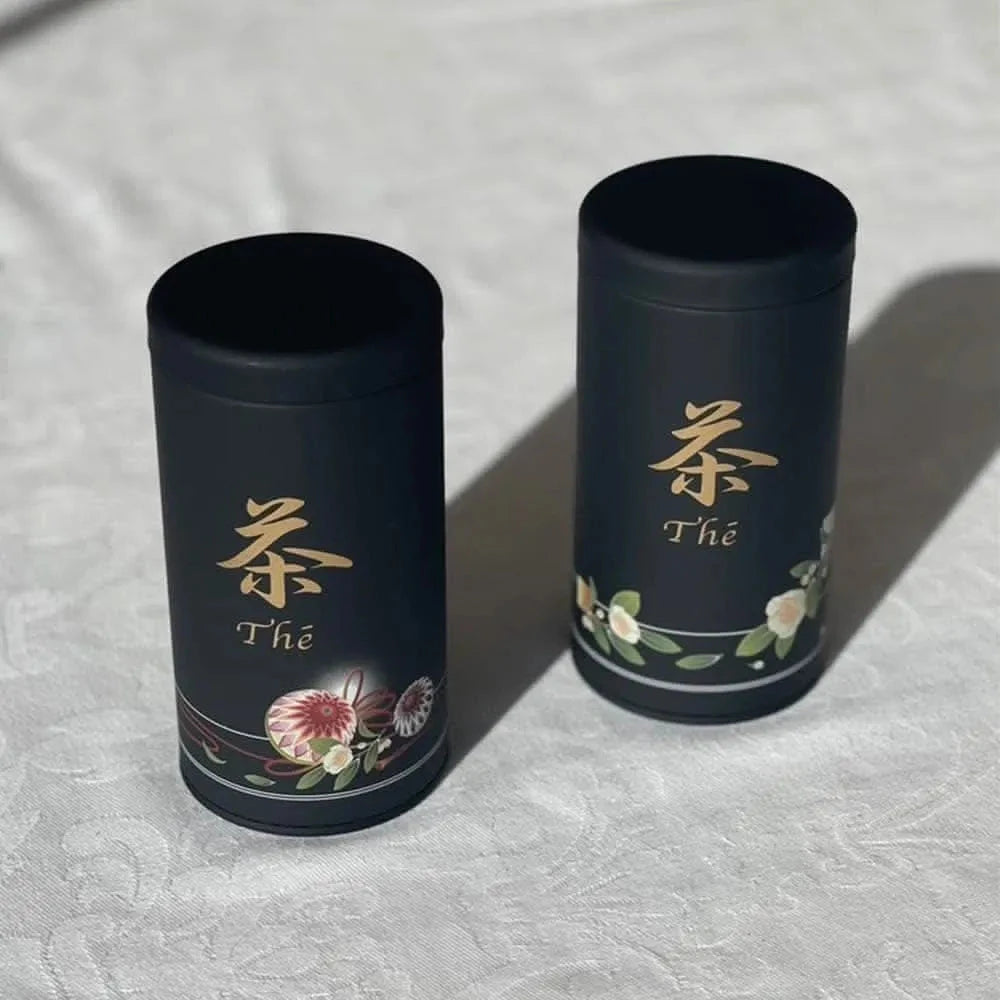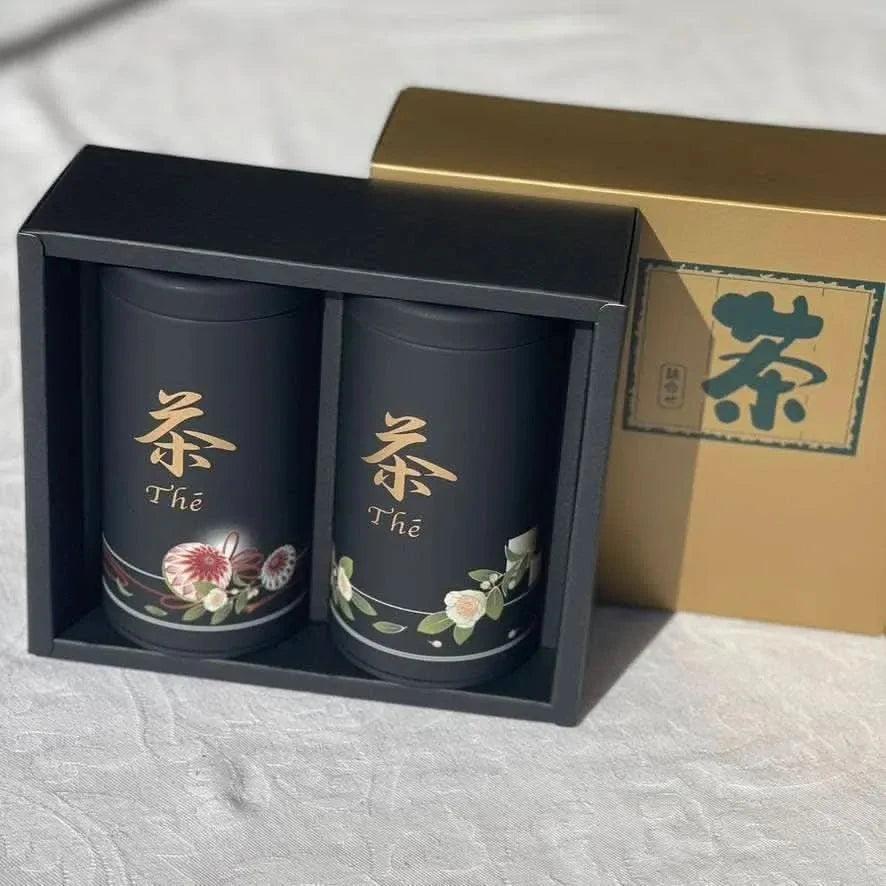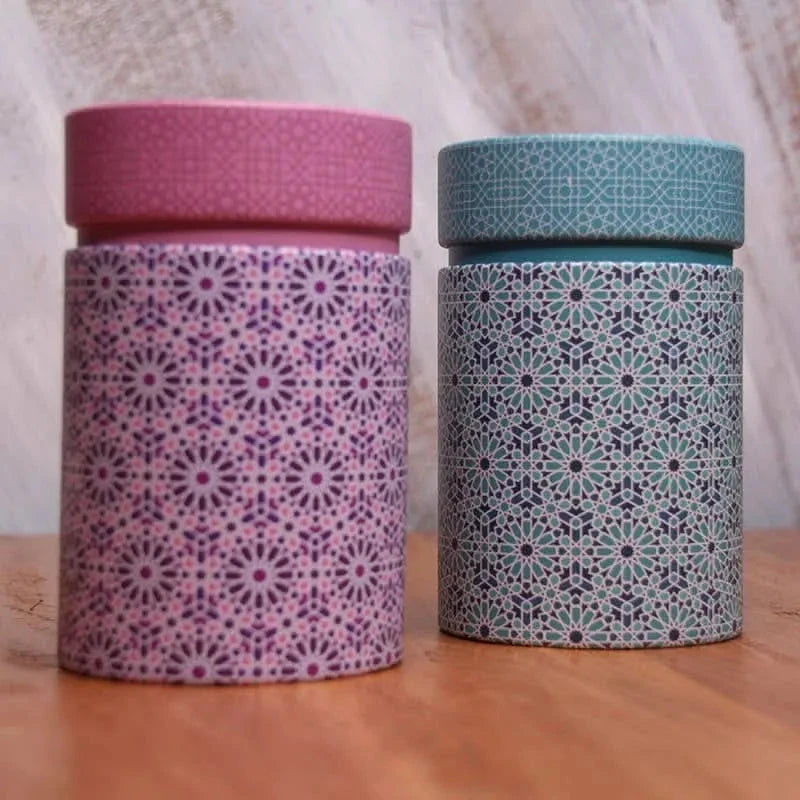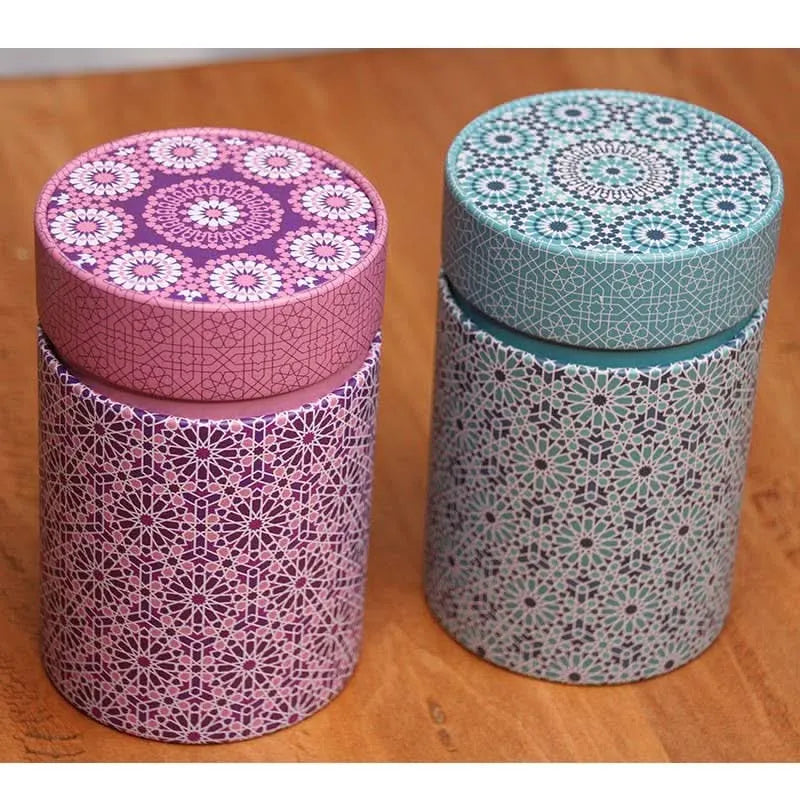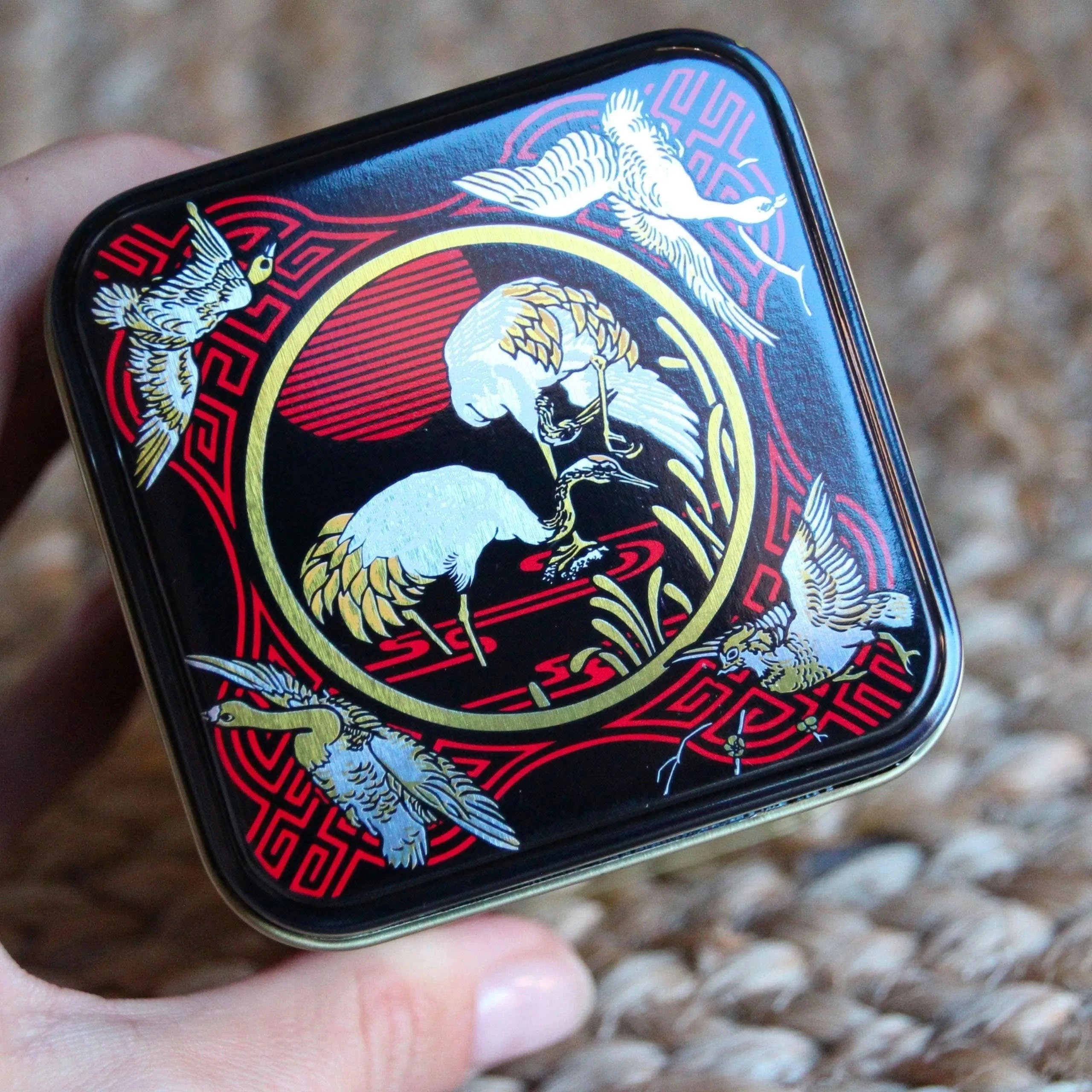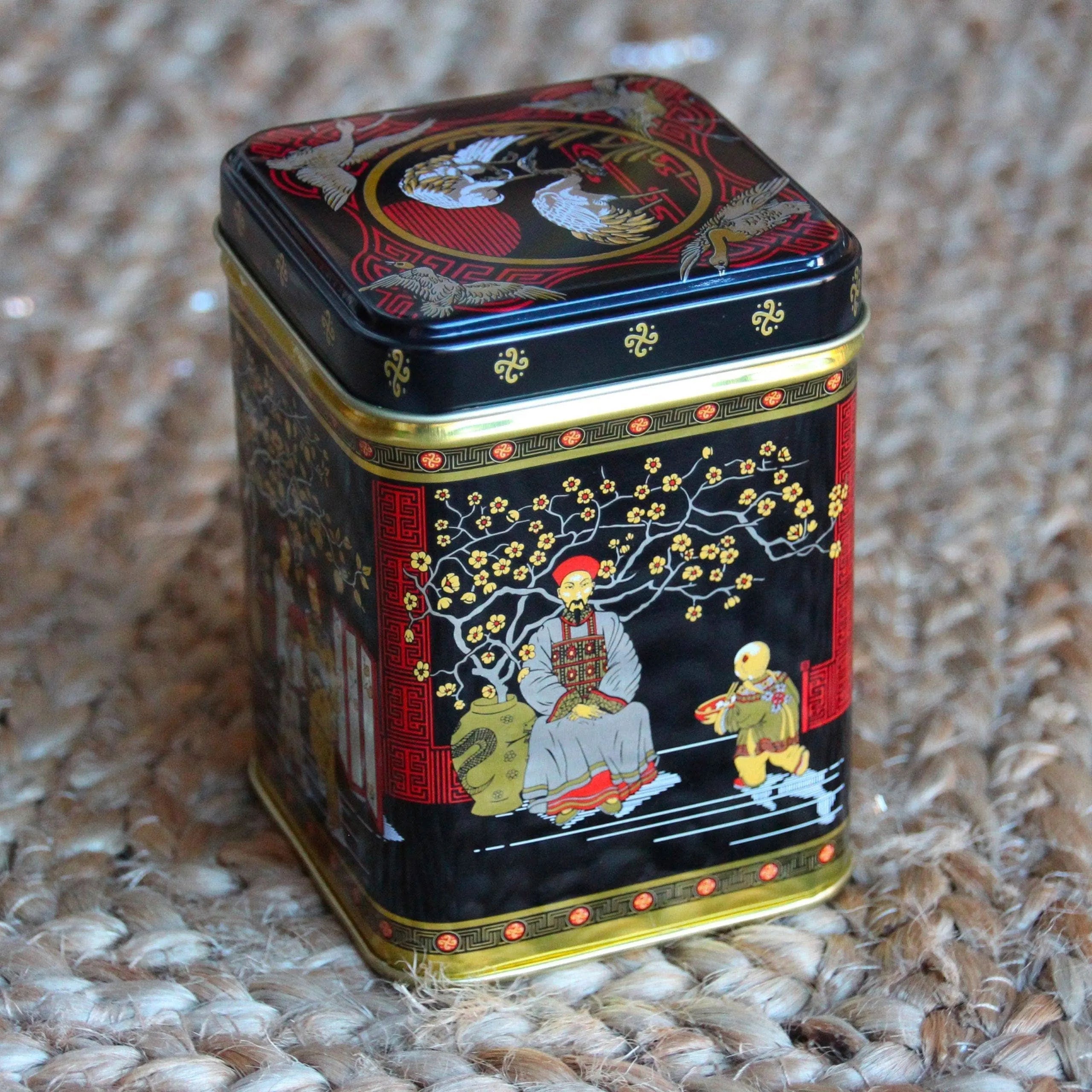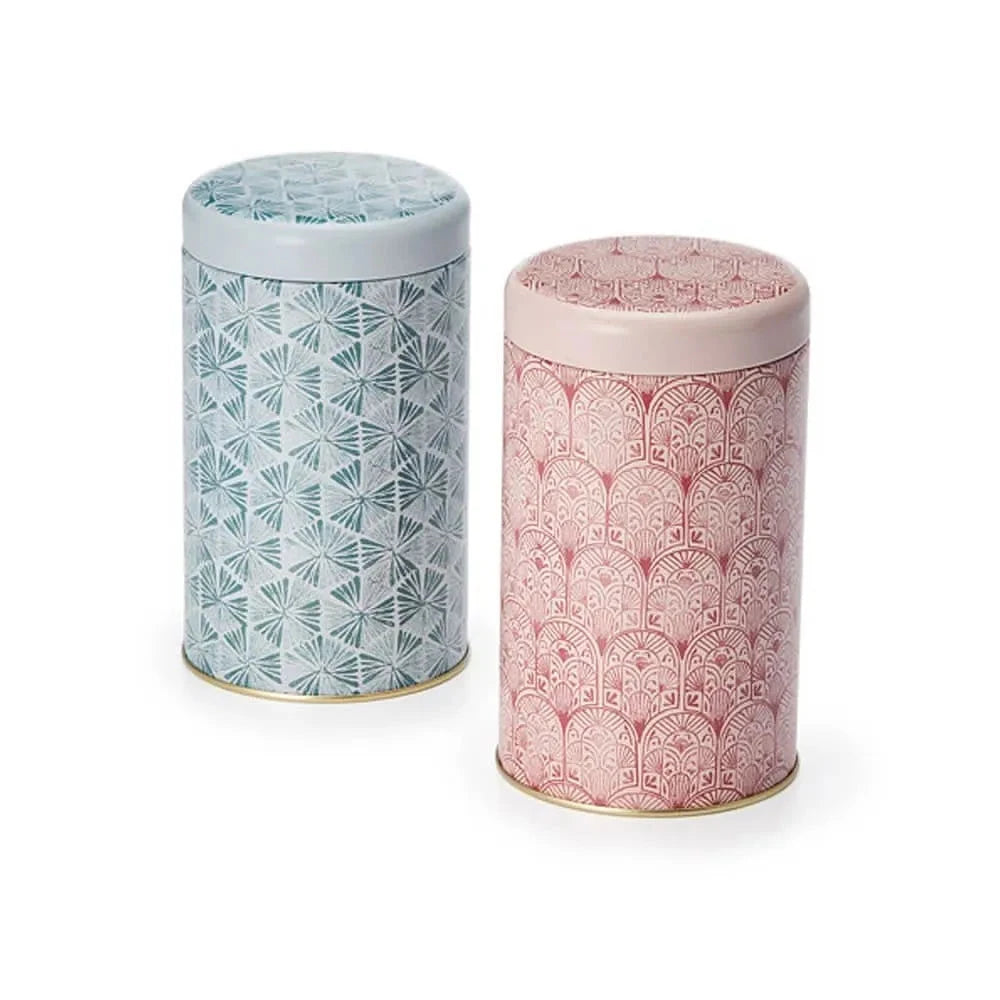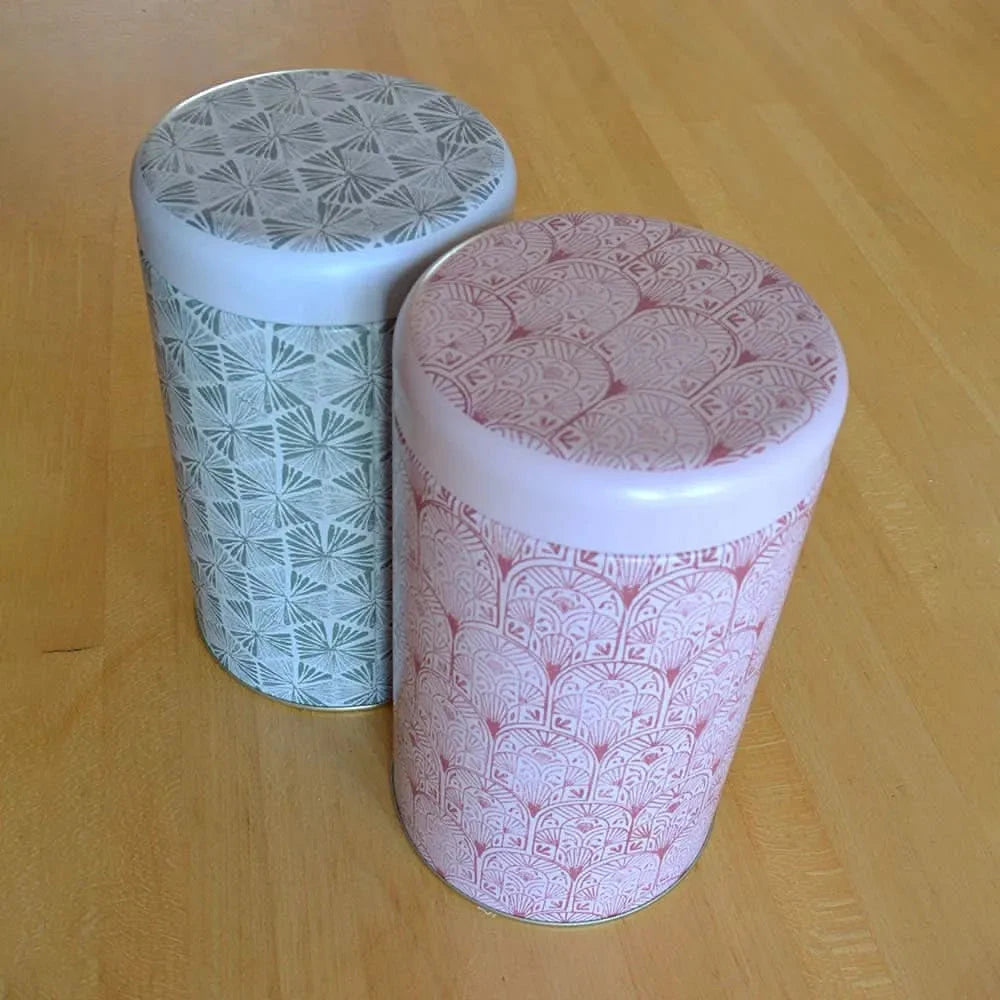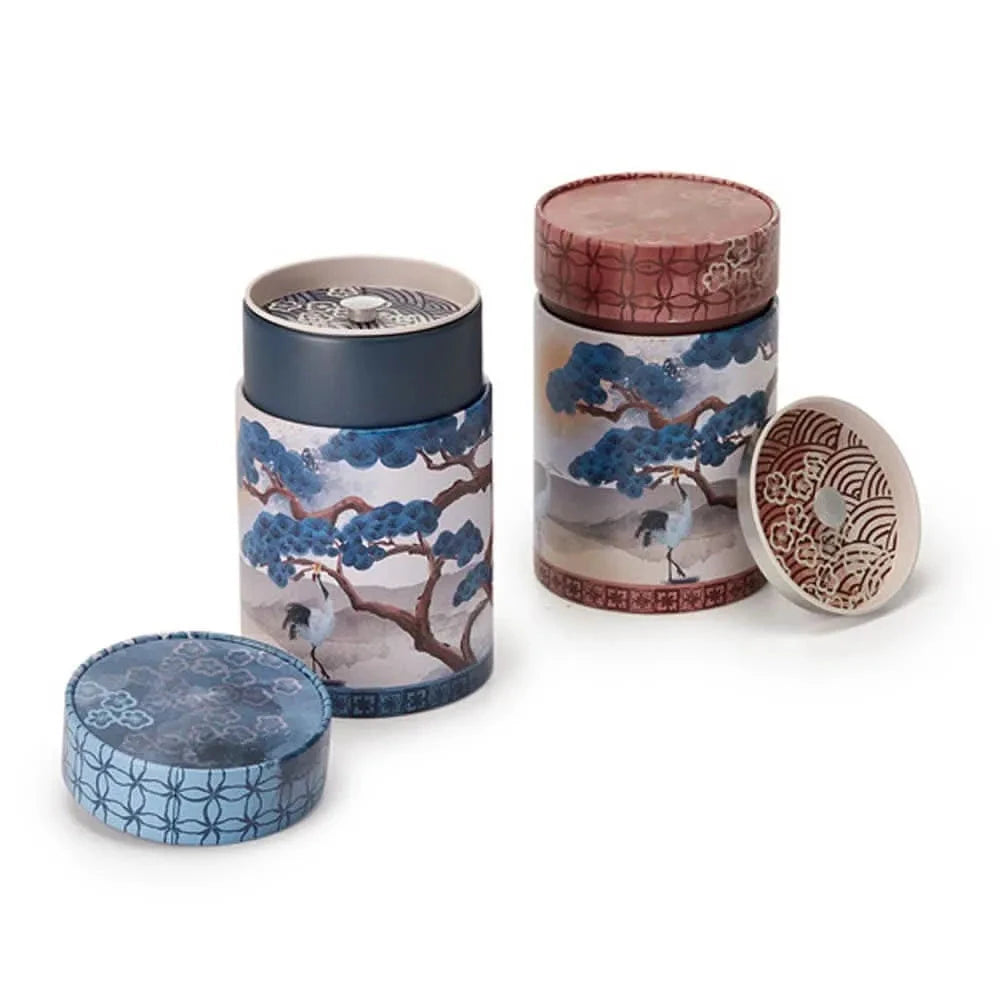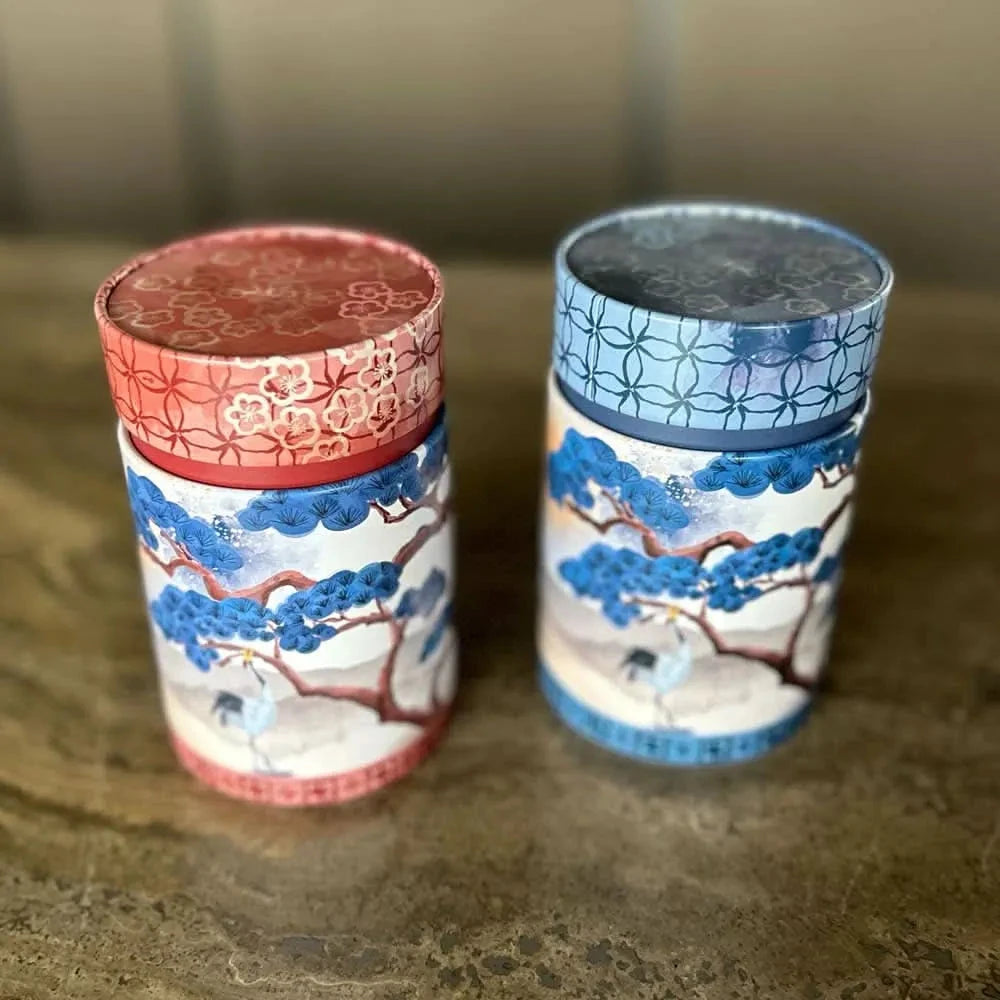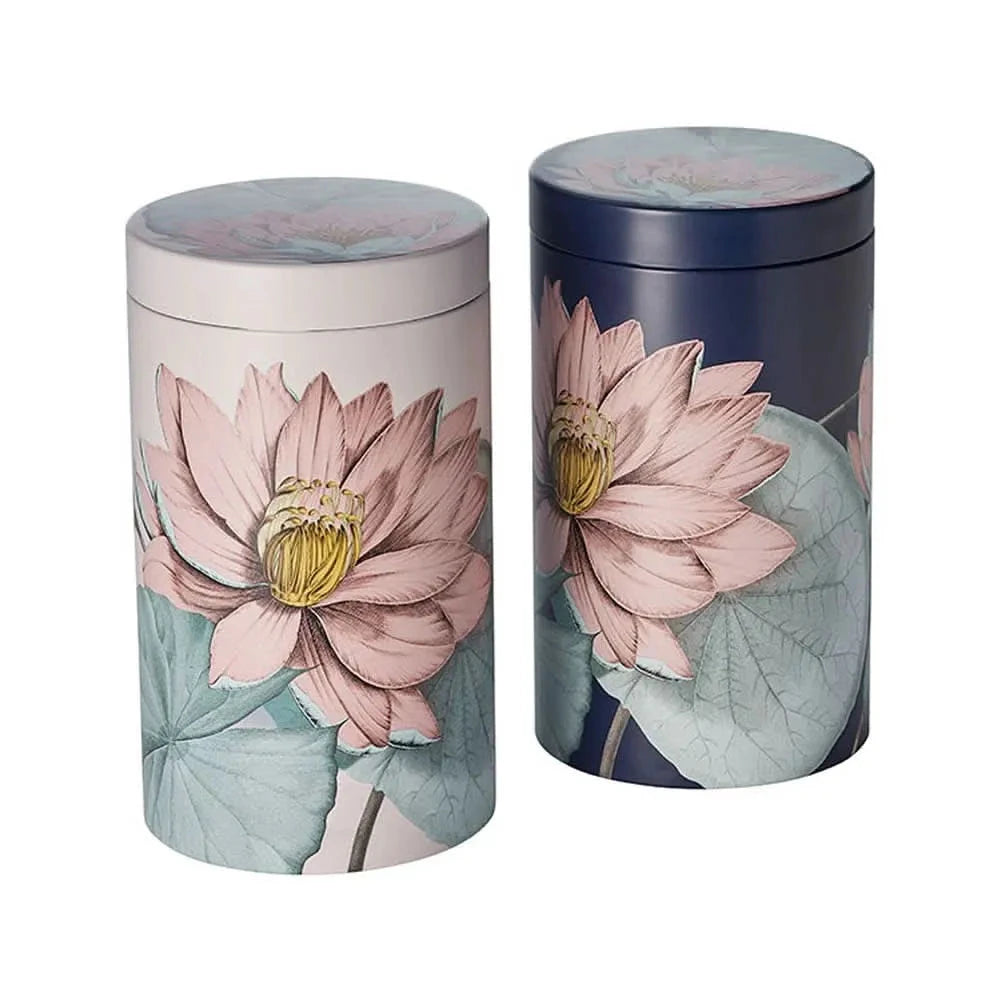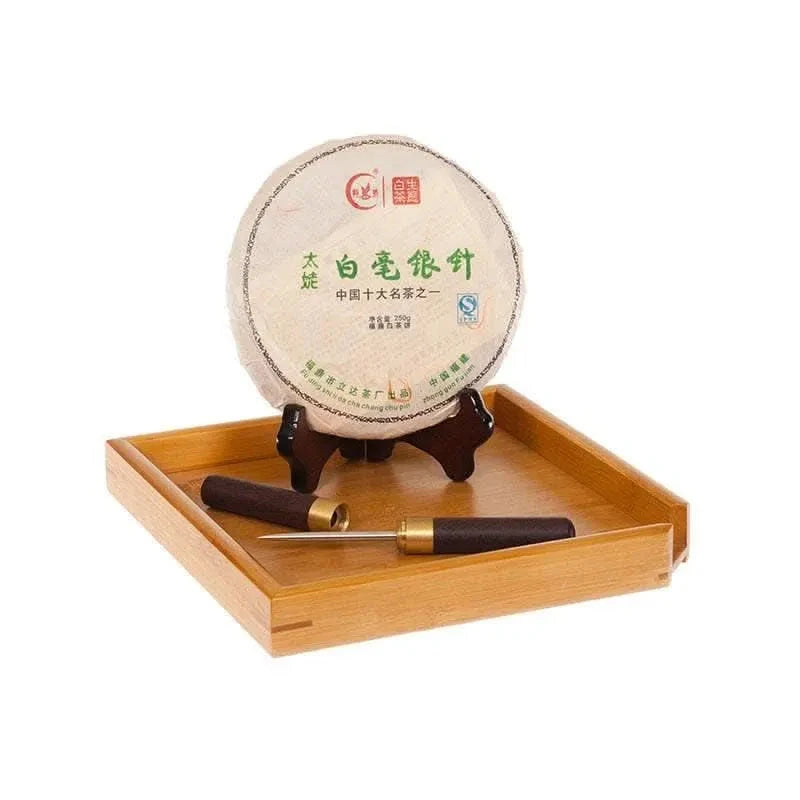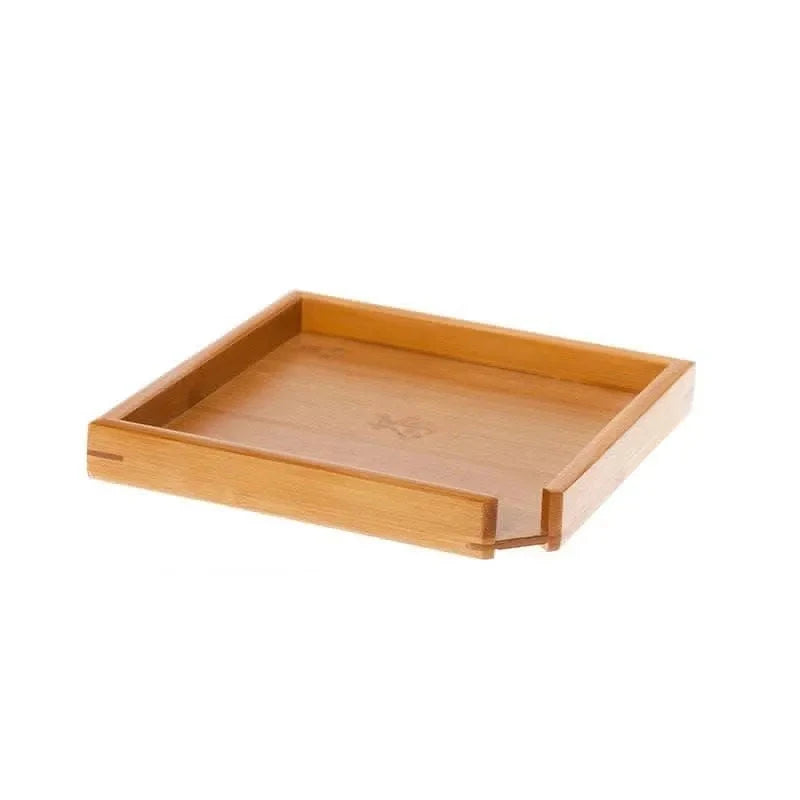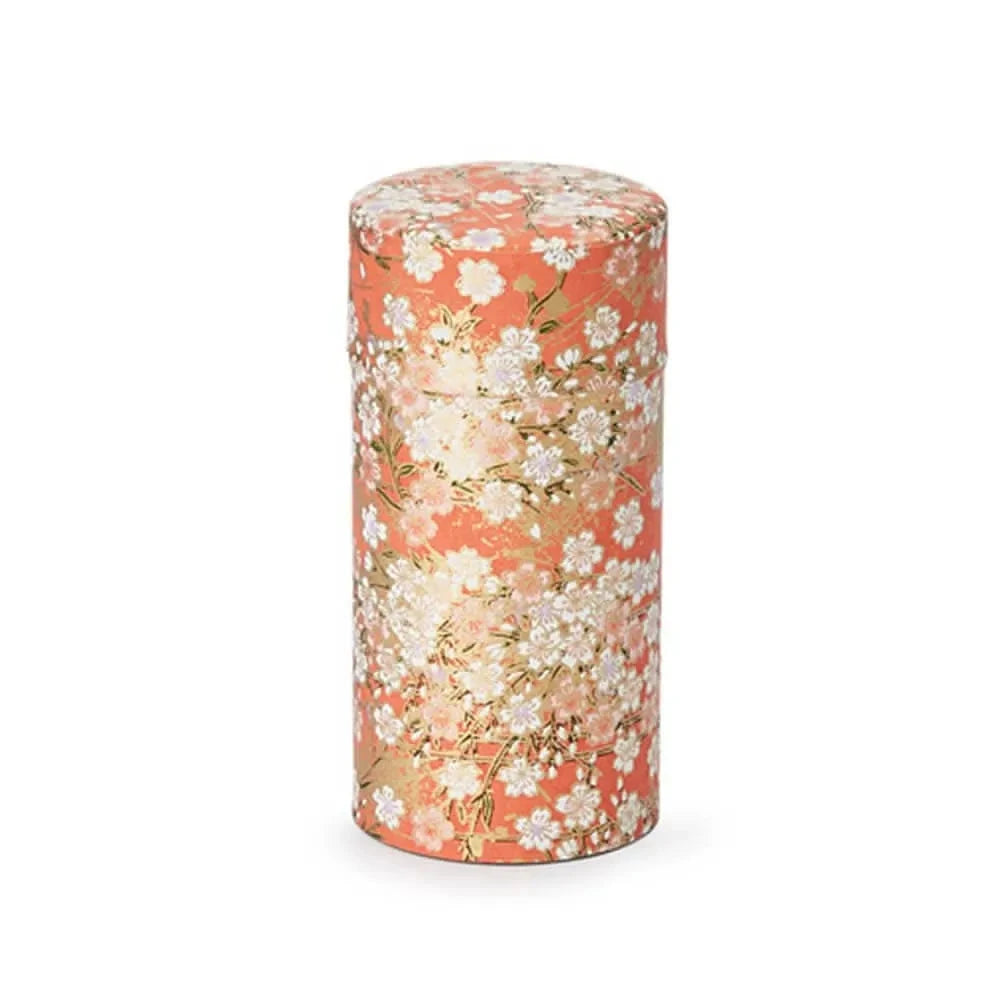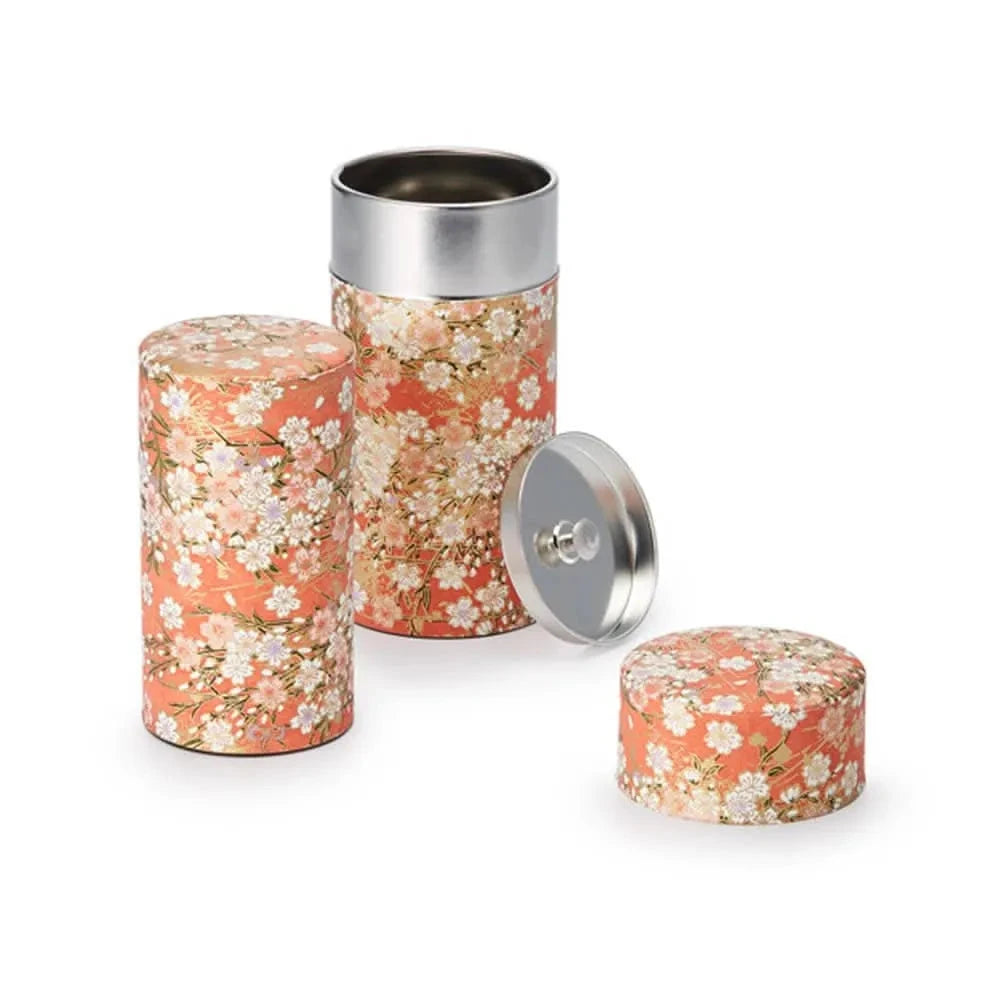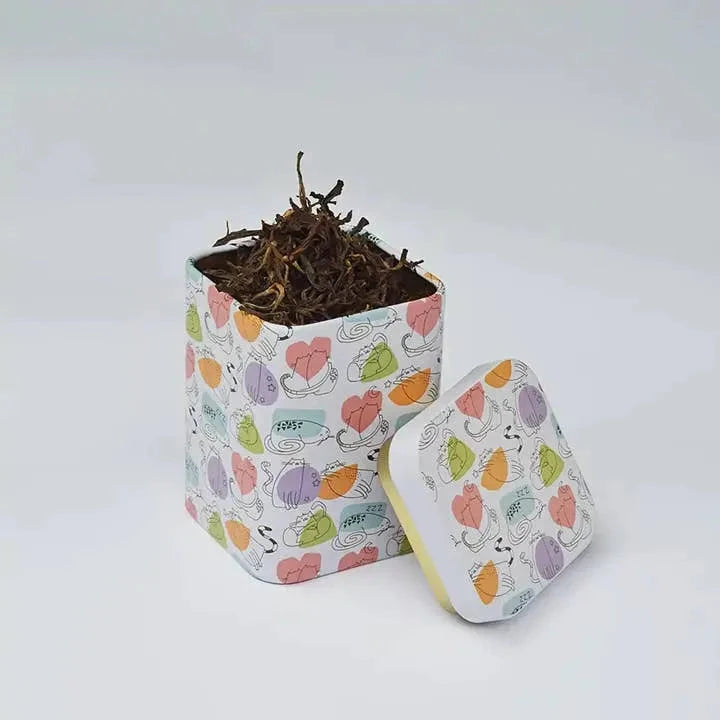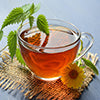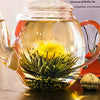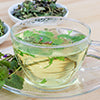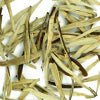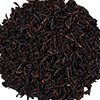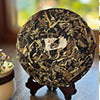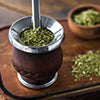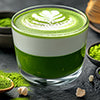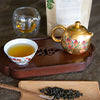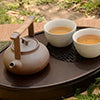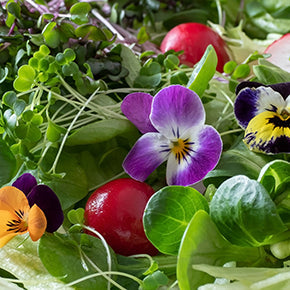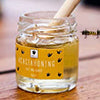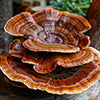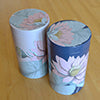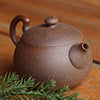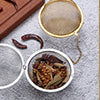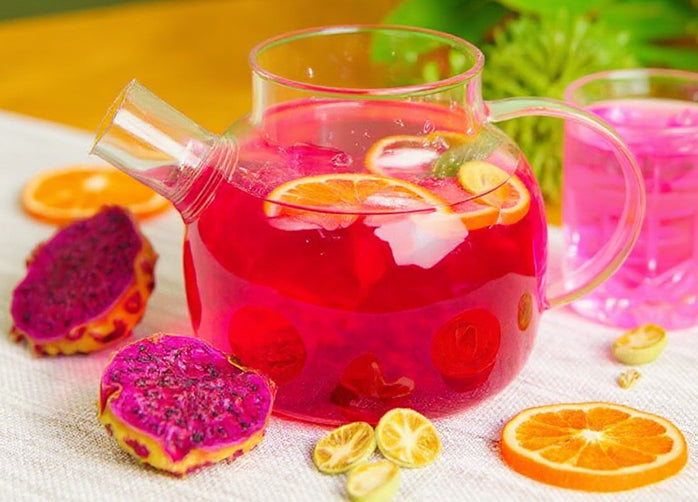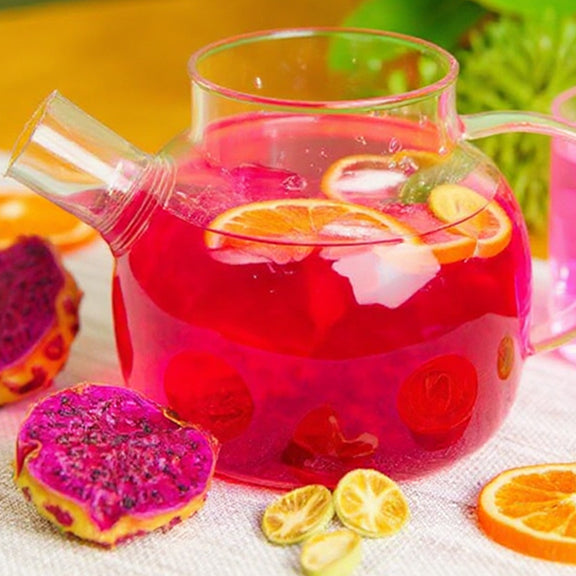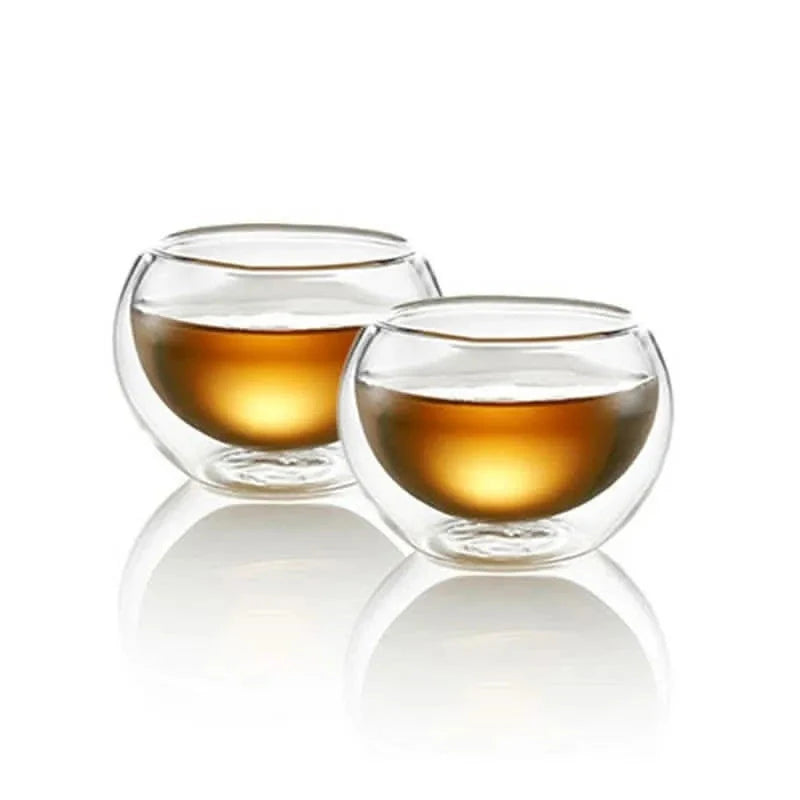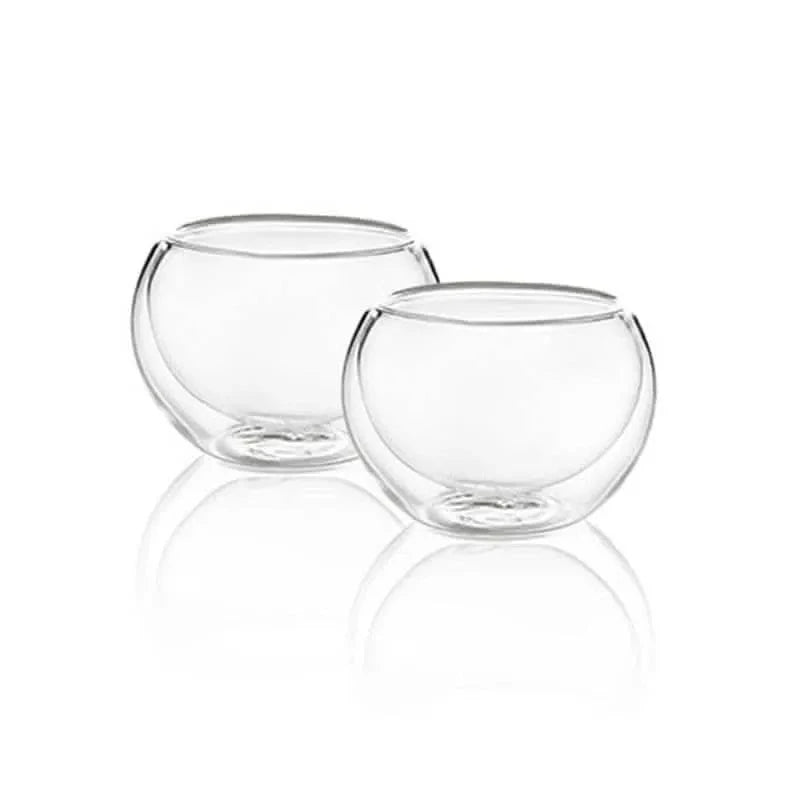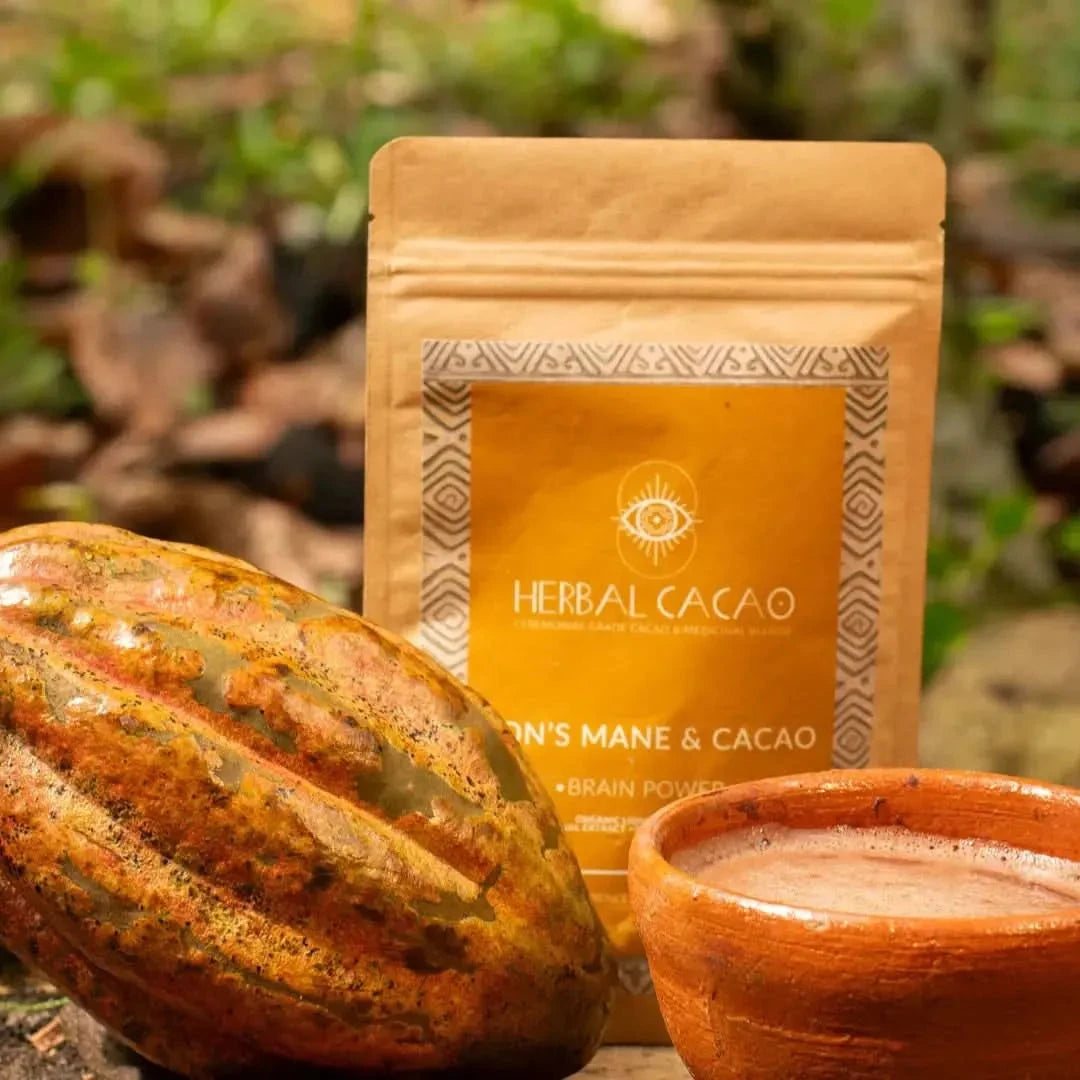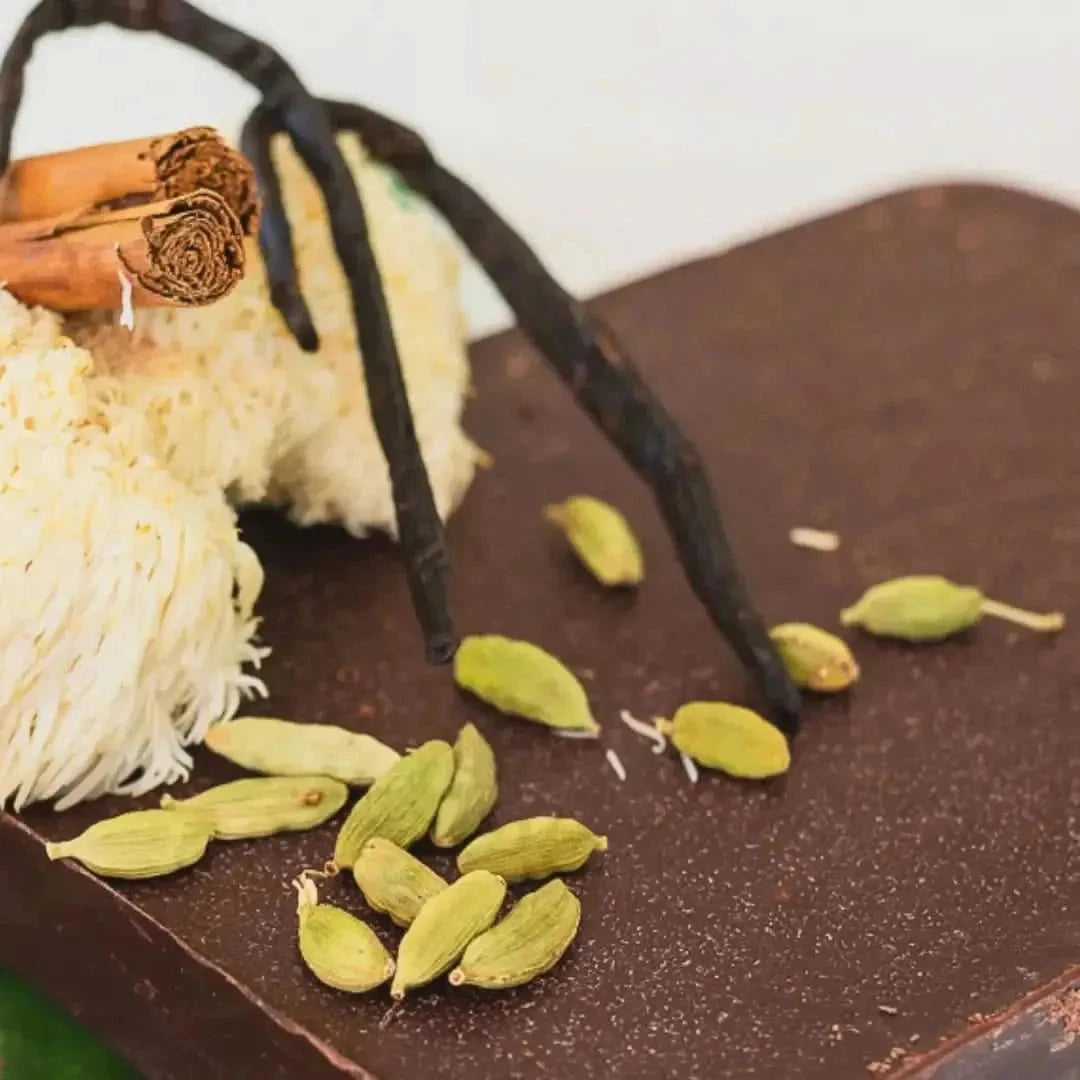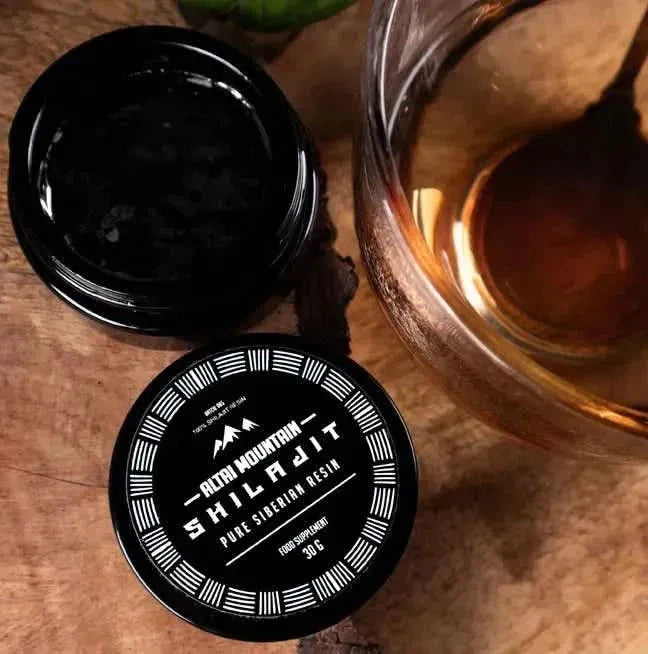Tea Storage & Organizers
Filter
Sort by:
Description
The Critical Role of Specialized Tea Storage Containers
Tea storage containers serve as the essential bridge between meticulous tea production and optimal consumption experience. These specialized vessels protect delicate leaves from their four primary enemies: light, air, humidity, and temperature fluctuations. The naturally porous structure of processed tea leaves makes them highly susceptible to environmental factors that rapidly degrade their intrinsic qualities.
Material Composition and Preservation Technology
High-quality tea storage vessels feature non-reactive materials that won't impart unwanted flavors or aromas. Contemporary metal tins often incorporate double-lid systems that create airtight environments, minimizing oxidation and extending shelf life. Traditional wooden containers, particularly Japanese chazutsu, naturally maintain optimal humidity levels while preventing leaf deterioration through breathable construction.
Historical Evolution of Tea Preservation Vessels
The development of tea storage solutions mirrors the global spread of tea culture itself. Ancient ceramic jars from Tang Dynasty China established fundamental preservation principles that continue today. Each culture adapted storage methods to address specific climatic challenges and aesthetic preferences, resulting in diverse approaches that balance functionality with artistic expression.
Types
Metal Tea Storage Tins: Protection and Portability
Metal tea storage tins represent perhaps the most versatile and widely used containment solution for tea preservation. These vessels provide exceptional protection against three primary tea enemies: light, air, and humidity. Modern metal canisters typically feature sophisticated double-lid systemsan inner seal creates an airtight environment that minimizes oxidation, while an outer decorative lid enhances aesthetic appeal and provides additional protection. The inherent durability and portability of metal tins make them particularly practical for daily use in diverse environments. Their completely opaque construction blocks damaging light exposure entirely, while precision-engineered lids prevent moisture intrusion. Premium versions incorporate food-grade silicone or rubber seals for enhanced airtightness, sometimes including vacuum mechanisms that further extend preservation capabilities. For tea enthusiasts seeking optimal balance between preservation efficacy and aesthetic appeal, metal canisters represent an excellent all-around choice for most tea varieties.
Traditional Wooden Tea Caddies: Cultural Heritage
Wooden tea caddies, particularly Japanese chazutsu and Chinese wooden containers, combine exceptional functionality with rich cultural tradition and heritage. Meticulously crafted from specialized woods selected for their neutral aromatic profiles and often lined with traditional washi paper, these containers naturally maintain optimal humidity levels while preventing leaf deterioration. Wood's unique natural properties create a beneficial microenvironment that particularly suits certain tea varieties, especially aged pu-erh that requires minimal but controlled air exchange during its maturation process. Beyond their practical preservation benefits, wooden caddies embody cultural heritage and artisanal craftsmanship through generations of refined technique. These vessels historically evolved from simple transport containers to become revered objects within traditional tea ceremonies, where they continue to play important ritualistic roles that connect modern practitioners to centuries of tea tradition.
Glass and Ceramic Tea Containers: Aesthetic Display
Glass tea storage vessels offer the unique advantage of visual transparency, allowing enthusiasts to appreciate their collection's visual characteristics and monitor tea quantity. This transparency presents a significant functional drawbackexposure to damaging lightmaking dark cupboard storage essential when using these containers. High-quality ceramic vessels provide excellent light protection while adding aesthetic elements through traditional designs, glazes, and artistic expressions. Their naturally dense material composition helps effectively insulate tea from temperature fluctuations that accelerate degradation processes. Both glass and ceramic containers require exceptionally reliable airtight sealing mechanisms, typically incorporating silicone or rubber gaskets to ensure proper oxygen restriction and humidity control. Modern innovations in these traditional materials include specially treated glass that blocks UV light while maintaining transparency, and ceramic containers with integrated humidity regulation features that create ideal microenvironments for specific tea varieties.
Benefits
Preserving Beneficial Compounds Through Proper Storage
Proper tea storage directly preserves the beneficial polyphenolic compounds that contribute significantly to tea's health-supporting properties. Catechins, particularly abundant in green tea varieties, degrade rapidly when exposed to light, air, and fluctuating temperatures. These critical polyphenols, known for their potent antioxidant properties, remain most stable in completely airtight, opaque containers stored in consistently cool locations. Premium storage containers maintain catechin integrity by creating protective microenvironments that shield these compounds from oxidative damage and photo-degradation processes. Research indicates that properly stored green tea maintains significantly higher measurable catechin levels compared to identical tea stored in sub-optimal conditions, directly preserving its potential health benefits.
Maintaining L-Theanine Stability for Cognitive Benefits
L-theanine, an amino acid unique to tea that promotes calm alertness and enhanced cognitive function, demonstrates particular sensitivity to improper storage conditions. This compound works synergistically with tea's natural caffeine content to produce the characteristic balanced stimulation without jitteriness. Quality storage vessels help preserve optimal L-theanine levels through consistent humidity control and temperature stability. Multiple studies demonstrate that tea stored in appropriate containment maintains measurable l-theanine concentrations up to 70% longer than improperly stored alternatives, directly benefiting cognitive effects when consumed. The preservation of this delicate compound directly impacts tea's ability to support focus, mental clarity and stress reduction.
Protecting Essential Oils and Volatile Compounds
Tea's complex aromatic profile derives from essential oils and volatile compounds that degrade exceptionally quickly under poor storage conditions. These volatile elements contribute not only to sensory experience but also to potential respiratory benefits and overall well-being. Specialized storage containers effectively trap these aromatic compounds, preserving both sophisticated flavor profiles and associated physiological properties. Vacuum-sealed containers particularly excel at maintaining these delicate elements by eliminating oxidative damage that occurs with repeated air exposure. The measurable difference in aromatic compound preservation between properly and improperly stored tea directly correlates with potential therapeutic benefits, making storage an essential consideration for those seeking tea's full health-supporting potential.
Instructions
Optimal Storage Environments for Tea Preservation
The ideal storage environment for preserving tea quality involves maintaining consistent temperature between 20-25°C (68-77°F). Temperature fluctuations create condensation inside containers, introducing unwanted moisture that accelerates degradation. Relative humidity should remain below 60% to prevent mold growth while maintaining leaf integrity. Light exposure must be minimized completely, as UV rays catalyze chemical breakdown of essential compounds. Storage locations should remain distant from strong odors, as tea readily absorbs environmental aromas. Kitchen countertops near cooking areas, windows with direct sunlight, and refrigerators (except for specific green tea varieties) generally represent unsuitable storage locations.
Container Preparation and Maintenance Techniques
Before using new tea storage containers, thorough cleaning with unscented mild soap followed by complete drying is essential. For wooden containers, conditioning with a clean, dry cloth removes any manufacturing residue. Regular maintenance includes periodic inspection for moisture or odor contamination. Containers should be completely emptied and dried before refilling to prevent residual moisture accumulation. Metal containers benefit from occasional resealing to maintain gasket effectiveness, while wooden containers may require gentle wiping with a dry cloth to maintain optimal condition.
Tea Rotation and Freshness Management Methods
Implementing effective tea rotation using first-in-first-out principles maximizes freshness across collections. Labeling containers with acquisition dates and recommended consumption windows facilitates proper rotation. Most delicate teas benefit from purchase quantities aligned with consumption rates rather than bulk acquisition. Green teas ideally consume within 6-12 months, while oxidized varieties maintain quality for 12-24 months when properly stored.
FAQs
